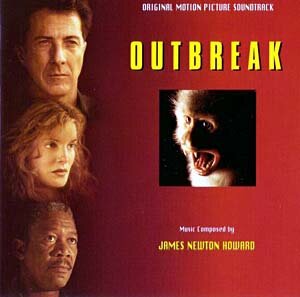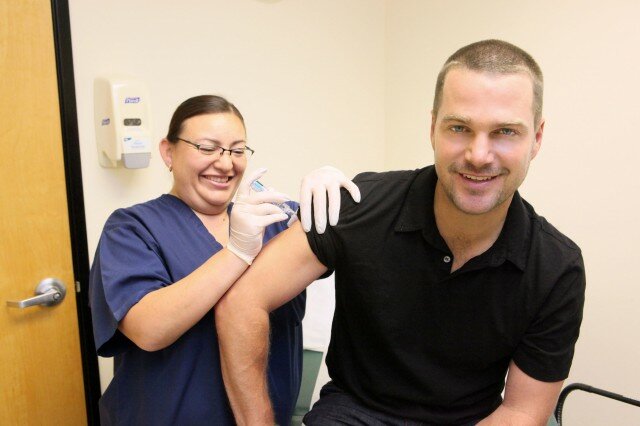 So…you, not me, but everyone else we know has gotten or had the flu this winter. But which flu? As King County Health explains, there’s a big difference between a stomach “flu” and influenza. The norovirus is the most common culprit in stomach bugs (salmonella is #2) that produce vomiting and diarrhea. There is some body ache overlap, but influenza is more likely to feel like a high fever and mean cold ganged up on you.
So…you, not me, but everyone else we know has gotten or had the flu this winter. But which flu? As King County Health explains, there’s a big difference between a stomach “flu” and influenza. The norovirus is the most common culprit in stomach bugs (salmonella is #2) that produce vomiting and diarrhea. There is some body ache overlap, but influenza is more likely to feel like a high fever and mean cold ganged up on you.
This winter, the nation has been beset by both. A new strain is now “accounting for about 60 percent of norovirus outbreaks,” reports the Associated Press. It’s responsible for 140 different outbreaks across the U.S. since last fall.
One trait that the norovirus shares with influenza is that its spread is fueled by close quarters — King County has seen long-term care facilities report 32 outbreaks of influenza since January 1 of this year, “compared to an average of 12 total outbreaks reported per season since 2007-2008 (peak, 21).” As of mid-January 2013, state officials have confirmed 12 influenza-related deaths, the majority of cases in senior citizens.
The only good news is at this particular moment, Washington’s pertussis outbreak has subsided a bit compared to the same time last year.
You can use Google Trends to explore “stomach flu” in Washington — if you drill down, you’ll discover that Enumclaw seems particularly hard hit, so now might not be a good time to do that restaurant tour. Real flu activity remains “intense,” Google says.
Washington’s department of health concurs: their weekly update (January 6 – 12: pdf) shows a slight increase from the preceding week: 160 confirmed cases from 144. About one-quarter of the people tested (you have to have a temperature of over 100 degrees and a sore throat or cough) are confirmed with influenza. With its more dense population, western Washington leads the eastern side of the state in total cases.
There’s not much to do about the norovirus, other than to stay hydrated, and to give yourself three days after symptoms have subsided before you think about preparing food for anyone. Cleaning up after the “symptoms” is a must: use bleach and water. Once you’ve got the flu, there’s not much to do about that, either. This year’s flu shot is turning out to be about 62-percent effective, which is better than even odds.






